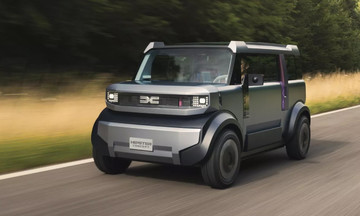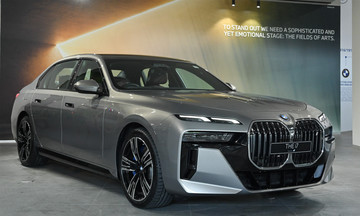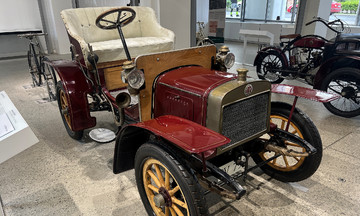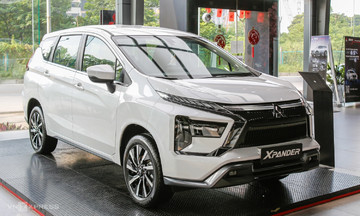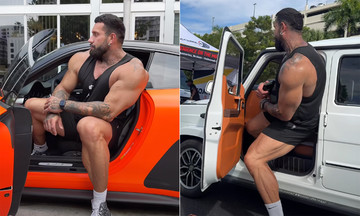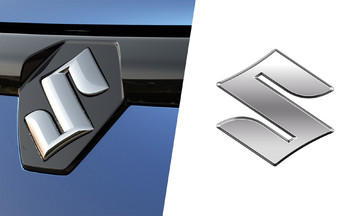In late March 2025, the signage, logo, and display cars at Vietnam's only Aion showroom, located on a bustling street in District 7, Ho Chi Minh City, were removed. This surprised many, as the Chinese automaker, through distributor Harmony, had just grandly opened the dealership less than six months earlier, in October 2024.
To serve customers who owned electric vehicles like the ES, Y Plus, and other new models slated for Vietnam, the company had even launched a fast charging station at this showroom. During the grand opening, several guests were invited on stage to receive flowers as the first Aion owners in Vietnam.
Although Harmony representatives then stated that dismantling the showroom to switch to selling BYD vehicles was only a temporary measure to adjust Aion's business plan, many within the company believed the Chinese automaker's fate in Vietnam was sealed. Today, the core team that built and operated Aion from the beginning is gone.
The arrival and departure of car brands in Vietnam is not uncommon. However, a six-month stint like Aion's is unprecedented. Amid the recent influx of Chinese vehicles, many brands, like Aion, have experienced slow product and dealership rollouts or ceased operations due to underwhelming results. Conversely, many brands have demonstrated rapid and widespread market entry strategies.
Contrasting fortunes
A sales manager at a Chinese car distributor in Ho Chi Minh City said that after several years of investing in brands like BAIC, Beijing, and Hongqi, sales and profits have not met expectations. "Most customers are still hesitant, making it difficult to sell cars," he said.
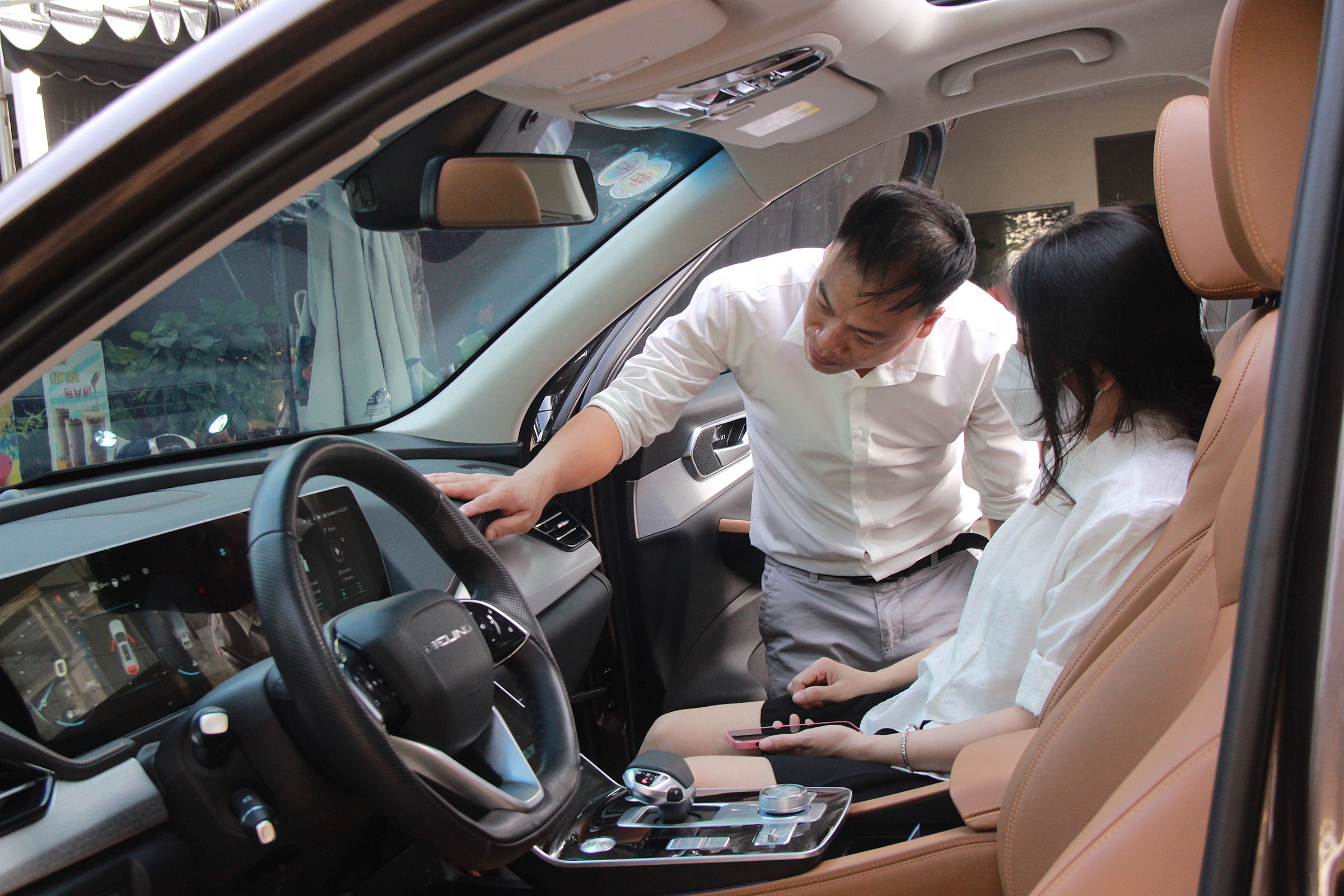 |
A sales consultant shows a customer the Beijing X7 at a showroom in Ho Chi Minh City, 3/2023. Photo: Pham Trung |
A sales consultant shows a customer the Beijing X7 at a showroom in Ho Chi Minh City, 3/2023. Photo: Pham Trung
For example, Hongqi, a brand positioned in the premium segment by parent company FAW Group, entered Vietnam in 2022. Its two showrooms in Hanoi and Ho Chi Minh City closed in late 2024. The company has stopped importing new cars and it remains unclear when they will return. Customers can only find Hongqi vehicles, all 2022 and 2023 models, at small, private dealerships.
In 2023, after an unsuccessful attempt over 10 years prior, Haima returned to Vietnam with distributor Carvivu. Two mid-size MPVs, the 7X and 7X-E, marked the beginning of the Chinese automaker's new venture.
After about two years in the market, Haima's product portfolio remains unchanged, and its dealership network is modest. Apart from the showroom in the capital, Hanoi, Haima has only one other facility, operating since July in Ho Chi Minh City. The distributor's representative stated that the company is focusing on fleet sales rather than individual customers for Haima. Sales since the brand's launch have only been "a few dozen vehicles".
GWM (Great Wall Motor), distributed by Thanh An, entered the Vietnamese market the same year as Haima. Its sub-brand, Haval, spearheaded GWM's entry with the H6 hybrid, a C-segment CUV, imported from Thailand.
The H6 was initially priced at over 1 billion VND. Some dealership salespeople reported that the market reception was not as expected, leading the company to adjust the price to 986 million VND. Subsequent promotions brought the price down to 790 million VND. The total price reduction for the H6 since its initial launch is 306 million VND, nearly 30%. The H6, all 2023 models, is still available.
In 3/2025, about a year and a half after arriving in Vietnam, Haval introduced its second product, the Jolion, a B-segment CUV.
Aion's situation is even more dire. The dozens of Aion vehicles imported into Vietnam are now seeking domestic partners for resale. Otherwise, they will have to be re-exported back to China or another market. During the suspension of operations in early 2025, distributor Harmony contacted several parties to sell the distribution rights, but to no avail.
"I was shocked," a former senior manager of Aion Vietnam told VnExpress. "The investor's decision was too sudden; everything was running smoothly, then it was forced to stop." According to him, the general reason given by the higher-ups was that the distributor changed its strategy and misjudged the prospects of entering Vietnam.
In contrast to the struggles of the aforementioned brands, other Chinese automakers have demonstrated more systematic market entry strategies and gradually expanded their business operations. BYD, Geely, Lynk & Co, Jaecoo, Omoda, and GAC represent the vibrant side of Chinese vehicles in Vietnam.
Within a year, BYD introduced eight new models to the Vietnamese market, and its dealership count reached 27, an expansion rate second only to VinFast. The frequent media appearances of Mr. Vo Minh Luc, COO of BYD Vietnam, participating in livestreams and producing short product introduction videos through digital content platforms, is a rare sight in the domestic automotive industry.
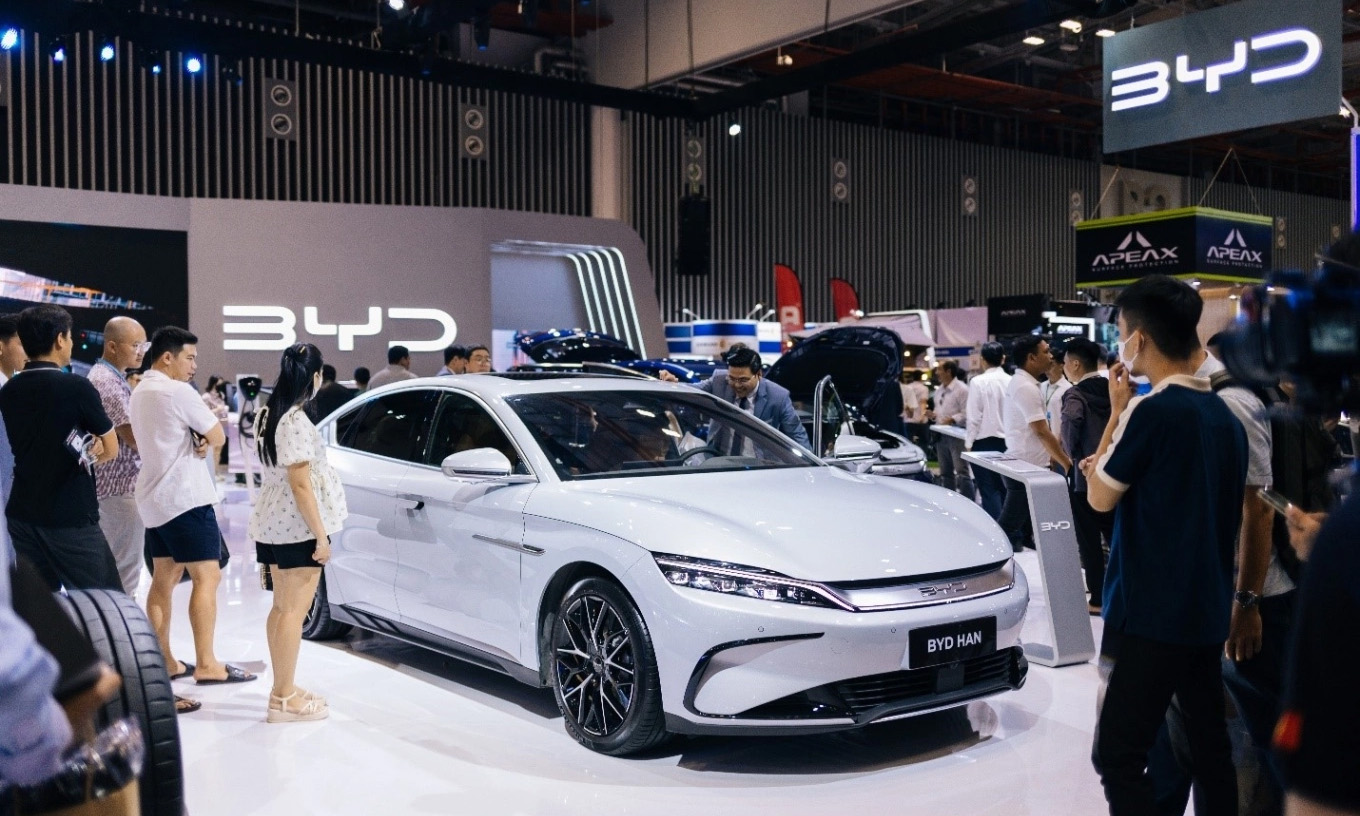 |
Customers explore BYD vehicles at the VMS 2024 auto exhibition in Ho Chi Minh City. Photo: BYD |
Customers explore BYD vehicles at the VMS 2024 auto exhibition in Ho Chi Minh City. Photo: BYD
BYD has also partnered with tech companies like Grab and Be to encourage customers to switch to electric vehicles for transportation services. The Atto 3, M6, and Dolphin are BYD's strategic pure electric models in their aim to compete in the ride-hailing market.
Recently, the Chinese automaker announced that the Sealion 6, a C-segment plug-in hybrid CUV, reached 1,000 units sold within three months of launch. While this figure is not high compared to many Japanese and Korean models in the same segment, it is rare for its Chinese predecessors like the Haval H6, Lynk & Co 01, and Jaecoo J7.
Meanwhile, Geely, in partnership with Tasco, one of the largest distributors in the market, took less than six months to operate 24 showrooms and launch three new products, including both gasoline-powered and pure electric vehicles. Also distributed by Tasco is Lynk & Co, which currently has 15 dealerships nationwide and five models on the market. Tasco's goal is to have 50 electric vehicle charging stations operational by September.
MG, a British brand now owned by SAIC (China), derives most of its financial resources, technology, research and development, and manufacturing network from China, diminishing its British identity.
MG underwent a distributor transfer in Vietnam in 7/2023, with parent company SAIC taking direct control. The brand currently has 42 dealerships nationwide and nine products, and has been the highest-selling Chinese brand in Vietnam in recent years. In 2024, the number of registered MG vehicles, both new and used, exceeded 13,000, more than double that of long-standing brands like Suzuki.
MG's ambition extends beyond dealership expansion. The company has expressed its desire to reach 100,000 vehicle sales per year by 2030 and become one of the top three best-selling brands in the Vietnamese market.
A new player in the Vietnamese automotive industry
As of the first half of 2025, approximately 14 Chinese auto brands are present in Vietnam, surpassing the number of brands from countries like Japan, South Korea, the UK, and Germany. With their overwhelming numbers, significant synergy due to attractive pricing and technology, Chinese automakers aim to become a new force in the automotive market once dominated by Japanese vehicles but now led by VinFast.
According to the ASEAN Automotive Federation (AAF), from 2022 to 2024, Vietnam was one of the two markets with the highest annual new car sales growth in the region, alongside Malaysia. According to Statista in 2/2024, from 2015 to 2020, Vietnam's car ownership rate increased by an average of 17% annually, the highest globally, exceeding China (14%) and India (10%).
Despite this substantial growth, Vietnam's car ownership rate remains relatively low at 50 vehicles per 1,000 people in 2020. In the same year, Indonesia had a rate of 78 vehicles per 1,000 people, Thailand 277, and Malaysia 538. In 2023, according to the Ministry of Industry and Trade, Vietnam's car ownership rate was 63 vehicles per 1,000 people and is expected to continue rising due to the growing middle class.
A population of over 100 million and a high annual sales growth rate are attractive factors for automakers entering Vietnam. The past two years have witnessed significant disruptions in the Vietnamese automotive market. The key factor in these shifts is VinFast, the Vietnamese automaker that has surpassed strong Japanese and Korean rivals to capture the largest market share. The remaining share belongs to Chinese vehicles.
"Chinese automakers will venture abroad to seek opportunities even without government encouragement," said Mr. Tran Luu Van, CEO of electric taxi company Let'Go. "The Vietnamese market still holds great potential, and Vietnamese people are now more open to Chinese cars."
According to Mr. Van, the perception of poor quality Chinese cars has been ingrained in the Vietnamese mindset for decades and is not easily changed. However, the current approach of these automakers to the market, their marketing and sales strategies, and the product quality of major brands showcase a completely different image of Chinese cars.
However, Mr. Van also believes that with nearly 100 auto brands from 40 corporations, 58% of which are less than 10 years old, it's difficult to demand high standards in both quantity and quality from all Chinese automakers. This explains the varying levels of acceptance among Vietnamese consumers towards Chinese cars, leading to different outcomes for each brand.
As sales figures are not publicly disclosed, and most brands have only been operating in Vietnam for 2-3 years, it is not yet possible to assess the market share impact of Chinese cars on the entire industry. However, according to experts, with their strategy of producing technology-rich vehicles priced lower than competitors in the same segment, Chinese automakers are forcing stronger brands to adjust their strategies, especially regarding pricing.
The arrival of products from Wuling, MG, and Omoda has pushed down the floor prices in several popular segments like sedans, A and B-segment CUVs, and mid-size MPVs. Korean vehicles from Hyundai and Kia no longer hold their price advantage from domestic assembly, and their sales have consistently declined over the past two years.
In the top-selling MPV segment priced under 1 billion VND, the pure electric BYD M6 is priced at 756 million VND, hundreds of millions lower than the Hyundai Custin (820-974 million VND) and Toyota Innova Cross (810-990 million VND). The MG G50, a mid-size MPV priced at 559-749 million VND, aims to attract customers from both the mid-size and small MPV segments, where competitors include the Mitsubishi Xpander (560-698 million VND) and Toyota Veloz (639-660 million VND).
The lower pricing compared to many competitors in the same segment reflects the cautious approach of Chinese automakers in new markets. Besides their market entry strategy, Chinese automakers' competitive pricing is also attributed to their large domestic market and a well-developed supporting industry, enabling them to produce in high volumes and reduce production costs.
"Because their brands are weaker, creating a price advantage is a way for Chinese cars to gain access to customers," said Mr. Nguyen Minh Dong, a long-time automotive expert who previously worked at Volkswagen (Germany). "As sales volume increases, owners experience the vehicles firsthand and then spread the word to others, creating a gradual but effective form of word-of-mouth marketing."
According to Mr. Dong, the automotive manufacturing technology of Chinese automakers has significantly advanced, especially in the electric vehicle segment. Decades of partnerships with European and American automakers, coupled with government policies mandating technology sharing and transfer from partners, have enabled the Chinese auto industry to learn, adapt, and grow. After a period of waiting and mastering core technologies, the Chinese auto industry now has its own direction, focusing heavily on the new arena of electric vehicles to the point that many traditional automakers are wary.
In the electrification segment, including hybrids and pure electric vehicles, which is the current trend in the Vietnamese market, Chinese automakers are demonstrating strong investment. BYD, Geely, Jaecoo, and Omoda are expanding their product lines more rapidly than their Japanese and Korean competitors in Vietnam. However, their electric vehicle charging station network is still less developed compared to the current leader, VinFast.
Experts believe that the challenge for Chinese automakers in Vietnam is rebuilding customer trust in vehicle quality and after-sales service. Overcoming any prejudice takes time. With a consistent long-term strategy, Chinese cars have the opportunity to make significant changes in Vietnam, the fourth-largest new car market in Southeast Asia.
Thanh Nhan




